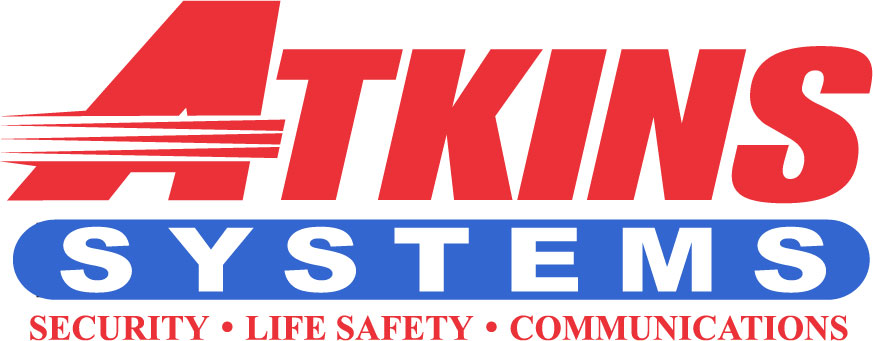
Best Practices for Access Control at Schools and Colleges
As educational institutions grow and expand, ensuring safety and security on campus becomes a priority. Access control is a critical component of any security system that can help schools and colleges to limit entry to their premises and prevent unauthorized access. This article explores best practices for access control at schools and colleges that can help to keep students, staff, and visitors safe.
Table of Contents
- Brief Introduction
- Benefits of Access Control
- Best 7 Practices for Access Control
- FAQs
- Conclusion
A Brief Introduction
Access control is the process of limiting access to a system or to physical or virtual resources. It is a critical aspect of school and college security systems. Educational institutions have a responsibility to protect students, staff, and visitors on campus. Implementing access control measures is an effective way to enhance safety and security.
Benefits of Access Control
Access control has several benefits for schools and colleges. Some of these benefits include:
- Enhanced safety and security on campus.
- Prevention of unauthorized access to restricted areas.
- Improved tracking and monitoring of visitors, students, and staff.
- Reduced liability for the institution.
- Prevention of theft and vandalism.
Best Practices for Access Control
The following are best practices for access control at schools and colleges:
Conduct a Security Assessment
Before implementing access control measures, it is important to conduct a security assessment. This will help identify potential security threats and vulnerabilities. It will also help to determine the level of security required for different areas of the campus.
Implement a Comprehensive Access Control System
A comprehensive access control system includes physical barriers, access control devices, and software that manage access to the premises. The system should be tailored to the specific needs of the school or college. Access control devices can include card readers, biometric scanners, and keypads.
Use Access Control Policies and Procedures
Access control policies and procedures outline the rules and regulations for accessing the campus. They define who has access to what areas and under what conditions. Policies and procedures should be regularly reviewed and updated to reflect changes in the institution.
Implement Visitor Management Systems
Visitor management systems help to monitor and track visitors on campus. These systems can include visitor registration and badging. They can also include the use of security personnel to monitor visitors.
Implement Physical Security Measures
Physical security measures include cameras, fencing, and lighting. These measures can help to deter criminal activity and assist with identifying intruders. Physical security measures should be regularly inspected and maintained.
Train Staff and Students on Access Control Policies and Procedures
It is important to train staff and students on access control policies and procedures. This will help to ensure that everyone is aware of the rules and regulations for accessing the campus. Training should include how to use access control devices and what to do in case of an emergency.
Regularly Review and Update Access Control Measures
Access control measures should be regularly reviewed and updated. This will help to ensure that the system remains effective and is meeting the needs of the institution. Regular reviews can also help to identify areas for improvement.
Atkins Systems is Metro Atlanta’s Premier Commercial Security System’s Provider. Contact Us Today for a Free Quote.
FAQ's
Q: What is access control?
A: Access control is the process of limiting access to a system or to physical or virtual resources.
Q: Why is access control important for schools and colleges?
A: Access control is important for schools and colleges to enhance safety and security on campus.
Q: What are some benefits of access control?
A: Some benefits of access control include enhanced safety and security on campus, prevention of unauthorized access
Q: What types of access control devices can schools and colleges use?
A: Schools and colleges can use a variety of access control devices, such as card readers, biometric scanners, and keypads.
Q: How often should access control measures be reviewed and updated?
A: Access control measures should be regularly reviewed and updated to ensure that they remain effective and meet the changing needs of the institution. The frequency of these reviews may vary depending on the size and complexity of the campus.
Conclusion
Access control is a critical component of any school or college security system. Implementing best practices for access control can help to ensure that students, staff, and visitors are safe on campus. These best practices include conducting a security assessment, implementing a comprehensive access control system, using access control policies and procedures, implementing visitor management systems, implementing physical security measures, training staff and students, and regularly reviewing and updating access control measures.
